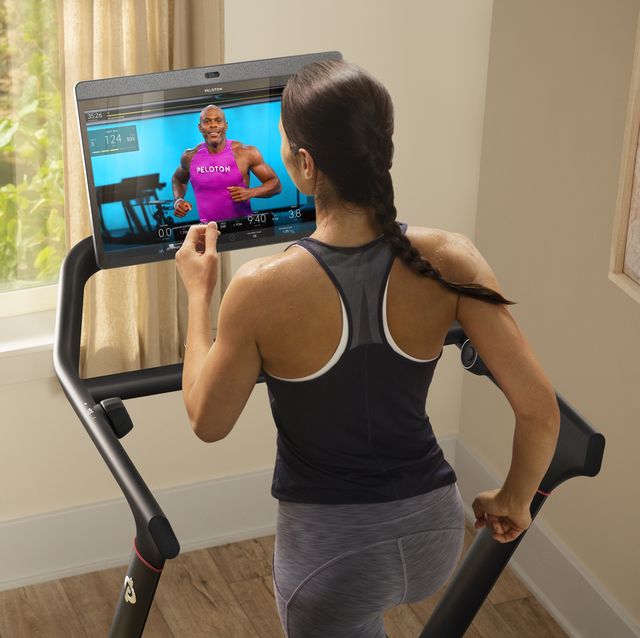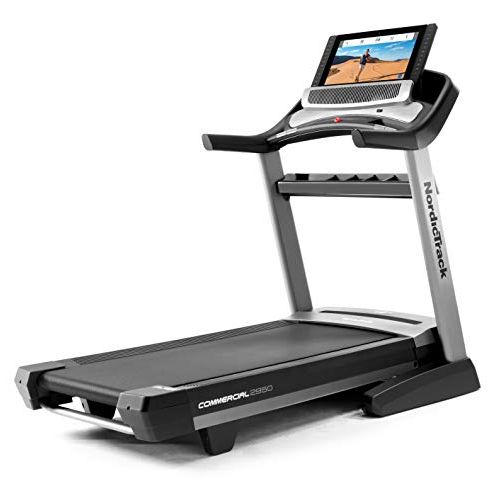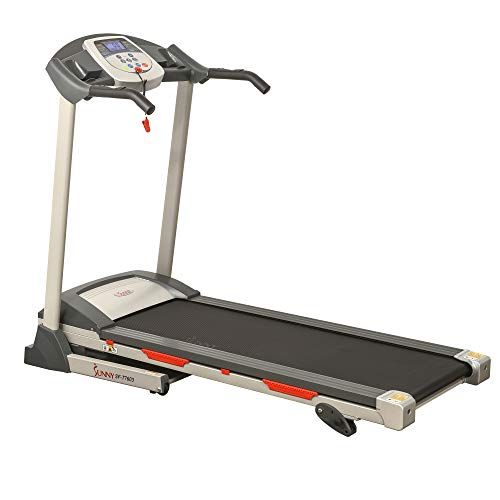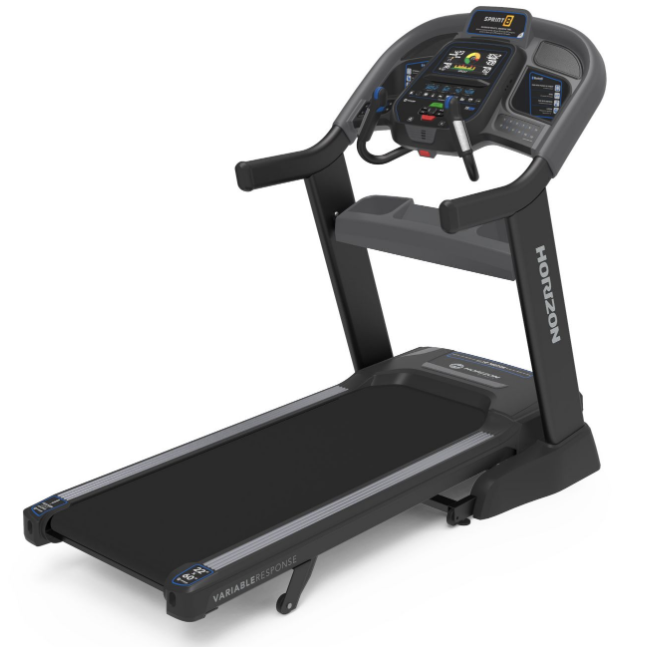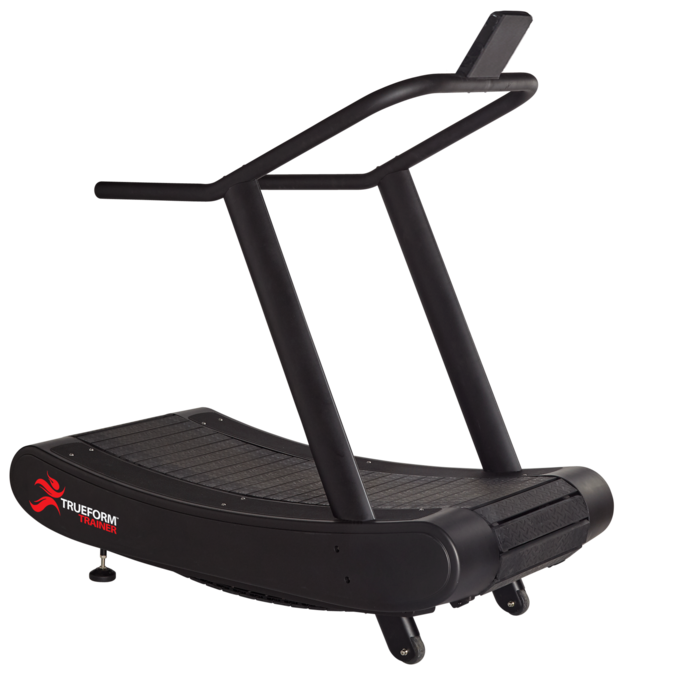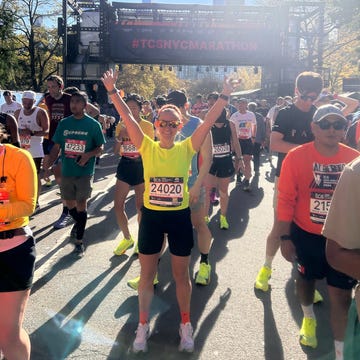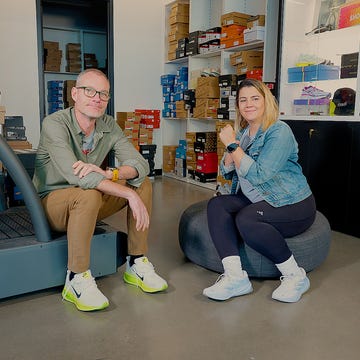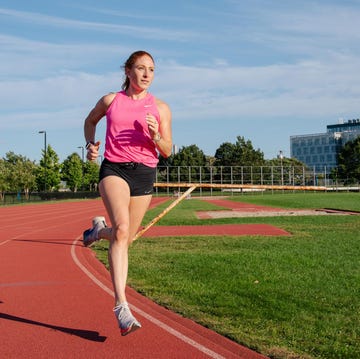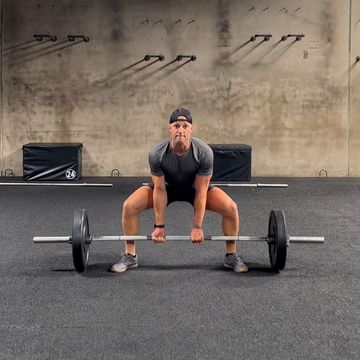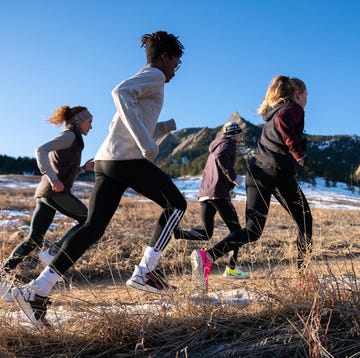Running is an individual sport. No one else can grind through the mental and physical challenges of a run for you; it’s something you have to find the fortitude to do on your own. But there’s camaraderie in braving that kind of type-2 fun with others—which is why, as long as people have been able to run, they’ve run in groups, signed up for running classes, and raced alongside each other.
And while running together in-person is a best-case scenario, just knowing your friends are also running elsewhere can impact your fitness. In fact, a 2017 study published in the journal Nature Communications found that running is actually “socially contagious.” After analyzing over five years of data uploaded by more than one million people to a global social media platform, the researchers found that people are likely to run an additional three-tenths of a kilometer after seeing their friends log an extra kilometer that day, or another three minutes after seeing a friend run an extra 10 minutes.
So while the COVID-19 pandemic has forced limited capacity in gyms and workout studios and canceled some run club meet-ups and races, runners haven’t retreated into isolation. The running community has simply moved online, redefining what social running looks like.
Run Clubs Have Gone Digital
With many states limiting mass gatherings, run clubs have been put on pause for the better part of the past year. That’s a huge bummer for runners who rely on meet-ups for motivation or social connection. But run clubs are thriving online: Strava reported a spike in both new clubs created and athletes joining clubs on the platform in their 2020 end-of-year report. In April 2020 alone, over 30,000 clubs were created and nearly 250,000 athletes joined clubs on Strava.
Kristin Mayer, the founder of Betty Designs, had a Strava club for the brand pre-COVID but didn’t do much with it until this year. “Now, I’m using it as a social media tool to rally my followers from Instagram and Strava,” she says. “Everyone's had a mentally rough year, so it's just been a nice way to bring the community together and feel better with everything going on.”
And without races to train for, it’s also provided the nearly 2,000 club members with a way to motivate each other. “I’ll post challenges, like who can cycle the most miles or log three miles running or walking per day,” says Mayer. “But the girls are finding so many different challenges to do amongst themselves, too—right now, they’re running 5K a day, and they’ve done push-up challenges before. I feel like it’s become a way for our members to feel more connected with like-minded athletes.”
Treadmill Classes Have Moved Online
In-person treadmill-based classes—think Mile High Run Club in New York; Equinox Precision Running Labs in Santa Monica, CA and Chestnut Hill, MA; Rumble Tread in New York and San Francisco—were growing in popularity through 2019 as part of the boutique studio boom and as a way for runners to get access to instructor-led runs. But now, thanks to advances in streaming technology and at-home equipment, you don’t need to go to a studio for access to a coach and structured running workouts.
Peloton—which ended its fourth quarter with more than 1.09 million connected fitness subscribers (i.e. those who use the hardware versus just a digital subscription), up 113 percent from the same period in 2019—allows you to work out with other members in real-time to compete for your spot on the leaderboard. NordicTrack—which allows iFit trainers to automatically adjust your speed and incline in real-time so you don’t miss a step—has also seen explosive growth in their iFit subscription software, which had around 700,000 paid subscribers at the end of 2020.
Read Our Full Review of the Peloton Tread Here
Both machines use 32-inch HD touchscreens and built-in soundbars to create a studio experience right in your own home, complete with the potential for personalized verbal encouragement from the instructors. You may not have a coach yelling at you from the front of the room or around the track, but “it’s hard to forget form cues when your coach is in your ear or on the screen in front of you,” says Matty Maggiacomo, a Peloton Tread instructor and director of fitness programming at the company.
Plus, “the Peloton Leaderboard serves as a virtual ‘pack,’” complete with the ability to ‘high five’ your classmates and watch rankings in real-time, he says—both of which add a connected thrill to running solo at home.
Relays Made Virtual Racing a Team Effort
Virtual races have multiplied since the onset of COVID-19, but 2020 also re-introduced a social race experience that hadn’t found its niche yet in America: the Ekiden. A Japanese long-distance, multistage relay race, the Ekiden is uniquely suited for the pandemic era. In October 2020, seven pro clubs raced against each other in the Michigan Pro Ekiden; the event was created as a way for athletes to safely compete before the end of the season approaching while adhering to COVID-19 safety protocols.
While those pro runners handed off the tasuki (a sash that’s akin to a relay baton) in person, per tradition, ASICS debuted worldwide Ekiden—which drew over 56,000 registrants from 179 different countries (who collectively clocked over 27,000 hours of activity and covered a distance of 172,147 miles)—made it possible for runners to virtually participate in their own relay, no hand-offs necessary.
“I train mostly alone, so it was great to feel like I was part of a larger team during my 7K leg of the Ekiden,” says Makena Morely, a professional runner for ASICS. “It really makes a difference when you’re pushing yourself in a race—you think about more than yourself, and, for me, a team can drive me to go faster. Even outside my team, I felt more connected to the running community as a whole. I always did put emphasis on social running as running with or next to other runners, but I now think about it with a broader lens.”
The pandemic has forced us all to evaluate and reinvent our usual routines, and that includes our run training and racing. What parts of these new routines will we take with us as vaccine distribution ramps up and a return to some sense of normalcy appears on the horizon? We will see. But what this past year-plus has proven is that the bond of runners is strong, and regardless of what restrictions are in place, we will always find ways to connect, run, and race together.

